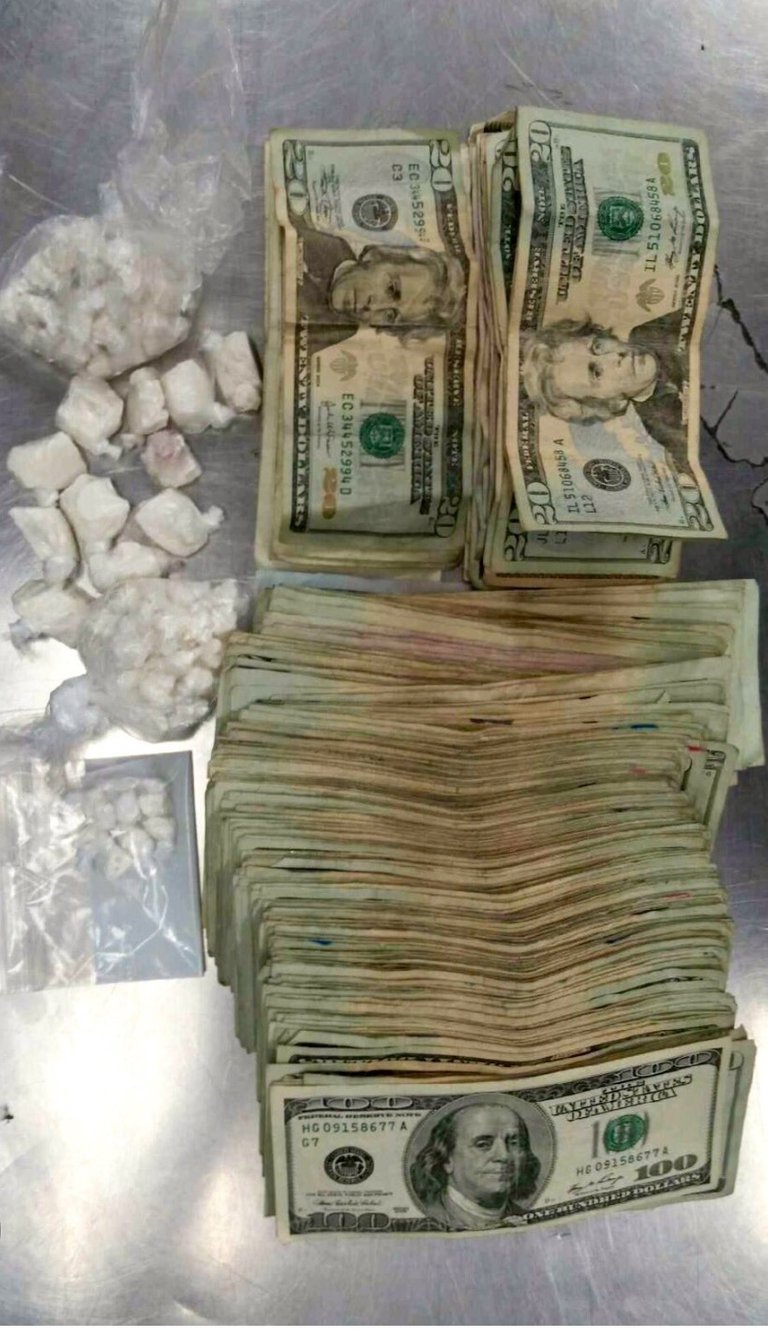
According to the DEA, Mexican drug cartels continue to expand their presence, forming alliances with other cross-border gangs, U.S. street gangs, prison gangs, and Chinese money-laundering rings. The DEA estimates that the following six Mexican cartels have the greatest impact on US drug trafficking: the Sinaloa Cartel, the CJNG, the Beltran Leyva Organization, the Juarez Cartel, the Gulf Cartel, and Los Zetas.
The Sinaloa Cartel is one of Mexico's oldest and most successful drug cartels. It is also the most important drug trafficking organization in the United States.
The Jalisco New Generation Cartel (CJNG) is the youngest of Mexico's six largest drug cartels. Based in Guadalajara City, CJNG is the fastest growing drug cartel and the second largest player in the United States. The CJNG wants to be actively involved in violent confrontations with rival cartels and security forces.
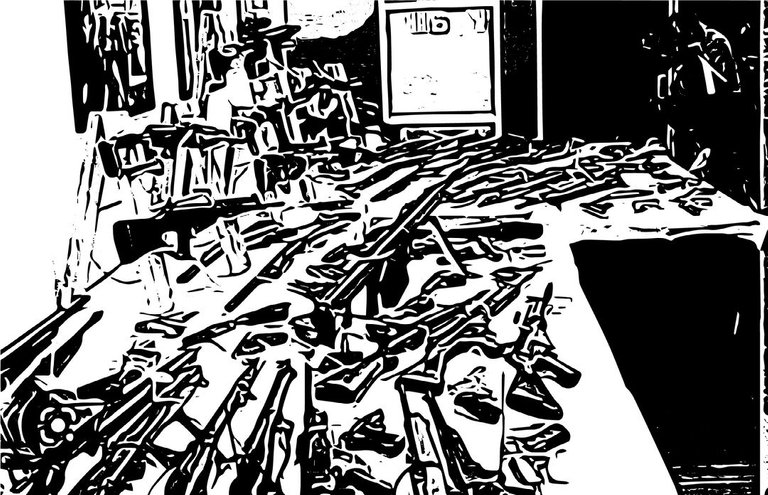
These cartels employ mostly Mexicans to oversee their distribution operations in the United States. They clearly don't care about violating employment discrimination laws. According to the DEA, Mexican drug cartels generate tens of billions of dollars each year and use various financial deals and arrangements to launder the proceeds and smuggle them into Mexico.
The DEA said, "There was also evidence that cartels are using cryptocurrencies as a means of transferring wealth internationally." Mexican drug cartels are also converting wealthy Chinese citizens' RMB into US dollars at rates lower than prevailing market rates. Chinese citizens are not allowed to transfer assets out of China, so they are willing to pay Mexican drug cartels a premium over the US dollar cash they hold in exchange for RMB payments in China.
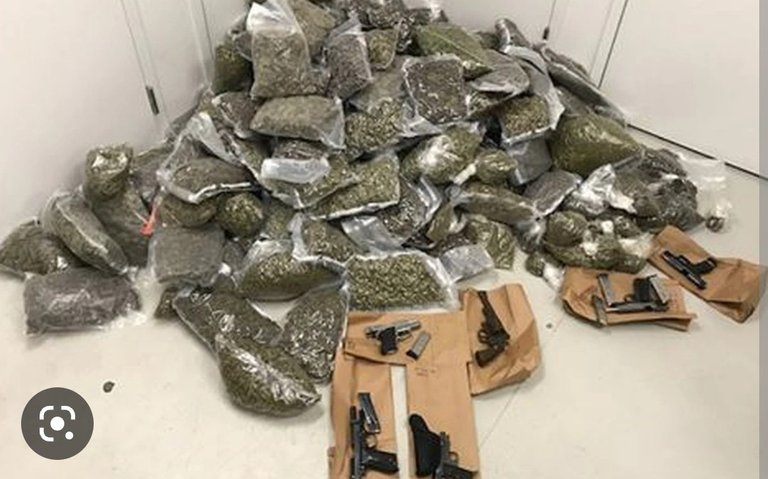
Cities in The USA with Heavy Cartel Presence ( in no particular order )
Detroit
Mexican drug cartels, flooding the market with cheap, near-pure methamphetamine, have virtually wiped out the need for makeshift meth labs in Western Michigan and elsewhere. The U.S. Drug Enforcement Administration had disrupted the CJNG in " the largest single strike by U.S. authorities against a cartel " in which he arrested more than 500 cartel operatives.
VerDow , an active DEA agent , said those who brought drugs into the United States, distributed drugs to major suppliers and street vendors were arrested. VerDow said the arrest hurt the cartel, but it was prepared for such chaos. The cartel is known for its violent attacks on Mexican police and military. "It's worth it for them to actually fight the military," VerDow said. CJNG is one of the most powerful and violent Mexican cartels operating in the United States, the Western United States operating primarily from Chicago.
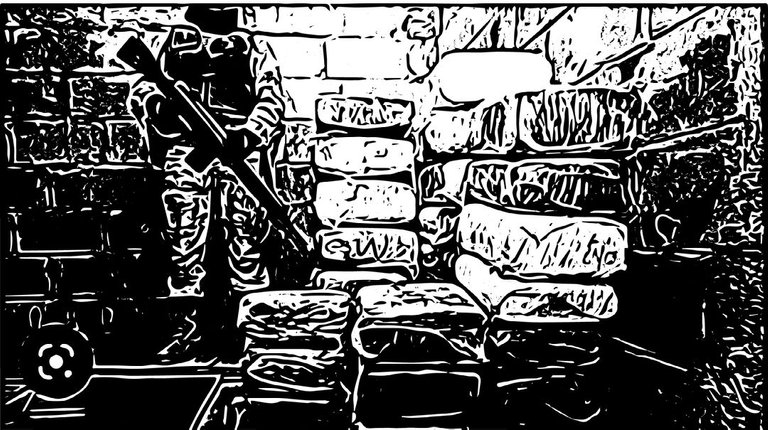
Houston
Governor Greg Abbott, the Texas Department of Public Safety (DPS), and the Texas National Guard continue to work together to secure the border. Since Operation Lone Star began, multi-agency efforts have resulted in more than 348,000 arrests of illegal immigrants, more than 24,000 criminal arrests, and more than 22,000 criminal charges filed. In his battle with fentanyl, DPS seized over 361 million lethal doses during this frontier mission.
Texas has also added more than 9,100 immigrants to the capital since April, more than 5,200 immigrants to New York City since August 5, and more than 1,500 immigrants to Chicago since August 31.
Operation Lone Star continues to fill a dangerous gap left by the Biden administration's refusal to secure its borders. Every person arrested or detained and every ounce of drugs seized would have ended up in communities across Texas and across the country due to President Biden's open border policy.
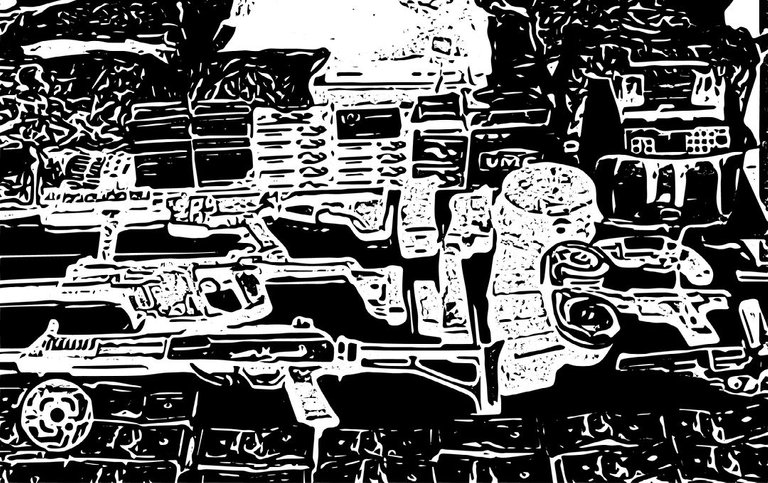
Governor Abbott attended a meeting in Austin this week to highlight the grave responsibility Texas' new border agents have to fill the dangerous gap. Additionally, the governor notes that President Biden has not responded to any of his eight letters regarding enforcing U.S. immigration laws and securing borders. This includes a letter Governor Abbott personally delivered to President Biden during his first and only visit to the southern border last month. .
That is most likely why they hired people who have been with the Border Patrol for more than 20 years and held leadership positions in the Border Patrol, including at Border Patrol headquarters in Washington, D.C., and as the first Border Patrol officer in Texas history.
Oklahoma City
"We don't see the violence that we see in Mexico from the Mexican cartels," an official said. "But they are here. " OKC is your gateway to cities like Kansas City, St. Louis, and Chicago. But it is also a drug target. More than 80% of his meth sold in the city is sourced from Mexican drug cartels. OKC's local dealers and vendors are supplied by Mexican cartels, but few have direct contact with those responsible for shipping drugs to the area, local police said.
With no direct link between retailers and suppliers, law enforcement agencies are forced to conduct lengthy investigations that take months, if not years, to complete. "Like any business model, there are suppliers, wholesalers and middle management" Chris Woodruff, Special Projects Commander for the OKC Police Department once said. "Oklahoma City vendors, even mid-tier and upper-tier dealers, have nothing to do with cartels. But they definitely get drugs from them."
"The Sinaloa Cartel has more influence than anyone in Oklahoma right now " said Agent Weaver. According to the DEA, the Sinaloa Cartel is considered one of the world's largest drug cartels, and its drugs can be found in nearly every major US city. The Sinaloa Cartel, who stocks cocaine, heroin, marijuana, and methamphetamine, is just one of several cartels that fuel America's drug addiction. "High-profile arrests and full-on investigations won't stop the flow of drugs into the United States, but they are forcing the cartels to constantly change tactics, " Weaver said. Law enforcement actions are preventing violence, often associated with Mexico, from spreading across the border into the streets of the United States.
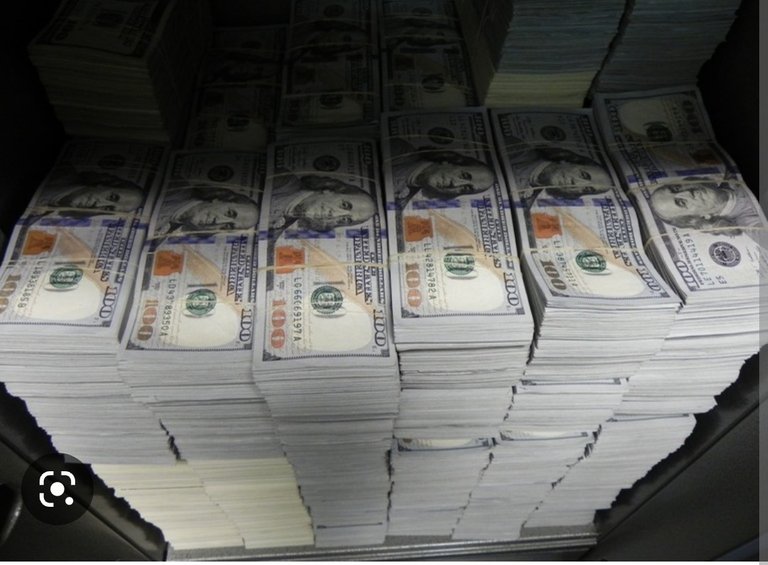
El Paso
The DEA ,El Paso Division, has noted an increase in seizures of fentanyl and said it remains high across the border in El Paso. " We used to say that drugs go through our communities, through interstates, somewhere else, go west, go east, go north. Now, we're seeing more and more drugs in El Paso," said Carlos Briano, spokesman for the DEA's El Paso division. According to Briano, Mexico has two of his drug cartels, the Sinaloa cartel and his Jalisco New His Generation cartel, responsible for the majority of the world's fentanyl production.
An El Paso drug recovery center, Aliviane, said they are seeing an increase in fentanyl overdoses within the community.
" We have seen a spike in the use of fentanyl in the community and reported cases of overdose when we do drug tests for clients who are coming in requesting services" said the Chief Corporate Officer for Aliviane.
It’s important for the youth in El Paso to know that the likelihood of a young person accidentally taking fentanyl in El Paso is extremely high.
“That’s what happens with these accidental overdoses, they may be out trying some drug that they may think is Xanax, or they’re using THC in different forms and what we’ve learned is these drugs are being laced with fentanyl,” said Valenzuela.
- New York City
As former Mexican Public Security Secretary Genaro García Luna began his trial for cocaine trafficking in New York this month, U.S. coverage has been sparse. If the accusations are true, then García Luna’s trial will serve as proof that the Mexican state plays just as important a role as cartel leaders like Guzmán in bringing billions of dollars’ worth of drugs to American users—and in creating a bloodbath in Mexico as rivals fight over these profits.
In his opening statement, federal prosecutor Philip Pilmar laid out the case that García Luna used his position as the head of Mexico’s equivalent of the FBI from 2001 to 2006 and then as a cabinet-level security chief until 2012 to protect the drug cartels he claimed to fight. “While entrusted to work for the Mexican people, he also had a second job, a dirtier job, a more profitable job,” Pilmar said. Not only was the top cop getting rich from cocaine dollars, but he used the federal police as a paramilitary force to take out cartel rivals, the prosecution said.
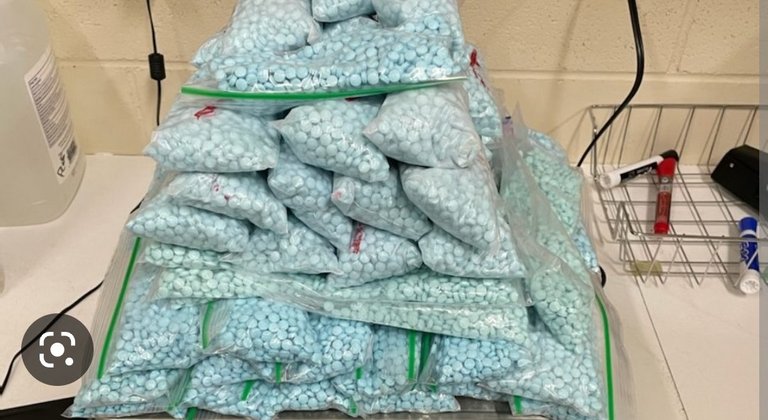
For those journalists who have reported on Mexico’s tragic drug war over the last two decades, allegations of massive police involvement with traffickers are unsurprising. As historians show, cartels grew from their humble beginnings as peasant farmers through corruption networks in the security forces. Back in the 1920s, a famous Mexican police detective called Valente Quintana was discovered protecting drug smugglers.
While U.S. prosecutors should be commended for going after cartel protection, the revelations are embarrassing for U.S. law enforcement. U.S. drug agents worked closely with García Luna, and he schmoozed with the high echelons of Washington; the defense showed photos of him with then-U.S. Secretary of State Hillary Clinton, then-Attorney General Eric Holder, and even then-U.S. President Barack Obama.
Security forces are also accused of carrying out mass violence themselves on behalf of their patrons. Perhaps the most infamous case was in 2014 when police in the town of Iguala detained 43 male students and allegedly handed them over to cartel hitmen. This has all led to a humanitarian tragedy in Mexico, with more than 30,000 murders a year, mass graves, and thousands of people seeking asylum from the bloodshed in the United States.
Americans spend almost $150 billion a year on illegal drugs. As long as traffickers south of the border can make such an immense amount of money from this trade, they will continue to throw money at police and politicians for protection. The United States surely needs to find a way of reducing the mountain of drug dollars that pour back over the Rio Grande—perhaps through much better addiction treatment.
Shout out to the New York Post for the pictures
Don't forget to subscribe
Hi there, this is a very comprehensive overview of the underground world, with lots of information. I notice you have included a lot of quotes from the authorities, can you please make sure that when you include quotes, you also add the source? Thanks
Yeah my bad. I was in a rush and completely forgot. Thanks for the heads up much appreciated